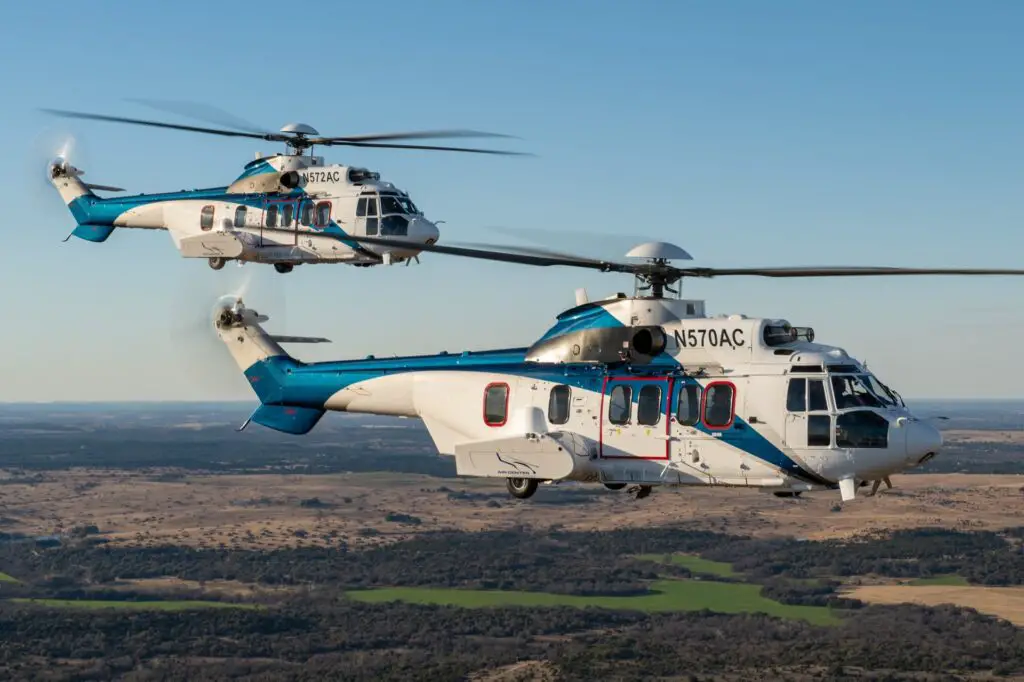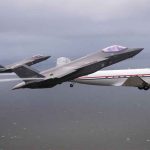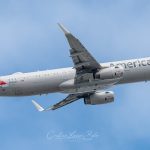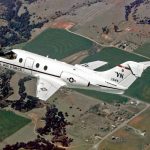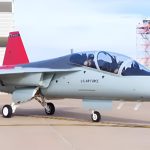Inster-Oesia Group, together with Airbus Helicopters Spain, Tecnobit-Oesia Group and ANZEN Engineering, launched the CORSARIO (Corsair/Privateer) project, with the aim of developing a SATCOM satellite communications system for rotary wing aircraft (helicopters) capable of transmitting large volumes of data effectively and without interference.
This initiative is intended to optimize helicopter communications in search, rescue and surveillance operations, among several of its dual applications (civil-military). The project is scheduled for completion in June 2025.
Developed under the umbrella of an industrial consortium, it also involves the participation of three Spanish research organizations: Fundación Centro de Tecnologías Aeronáuticas (CTA), Fundación Tecnalia Research and Innovation (TECNALIA) and Fundación Andaluza para el Desarrollo Aeroespacial (FADA).
The great challenge of SATCOM communication on rotary-wing aircraft
Currently, rotary wing aircraft have beyond line-of-sight communications, but satellite communications are rare. This limits bandwidth and does not allow aircraft to transmit large volumes of data.
Additionally, current aircraft resort to mechanical MSA antenna aiming, which entails the incorporation of bulky equipment, and consequently a negative impact on aerodynamics and an increase in weight, which translates into a loss in aircraft efficiency and an increase in fuel consumption. In addition, there is an occasional risk of loss of communications due to periodic blockage of the SATCOM signal caused by the rotor blades.
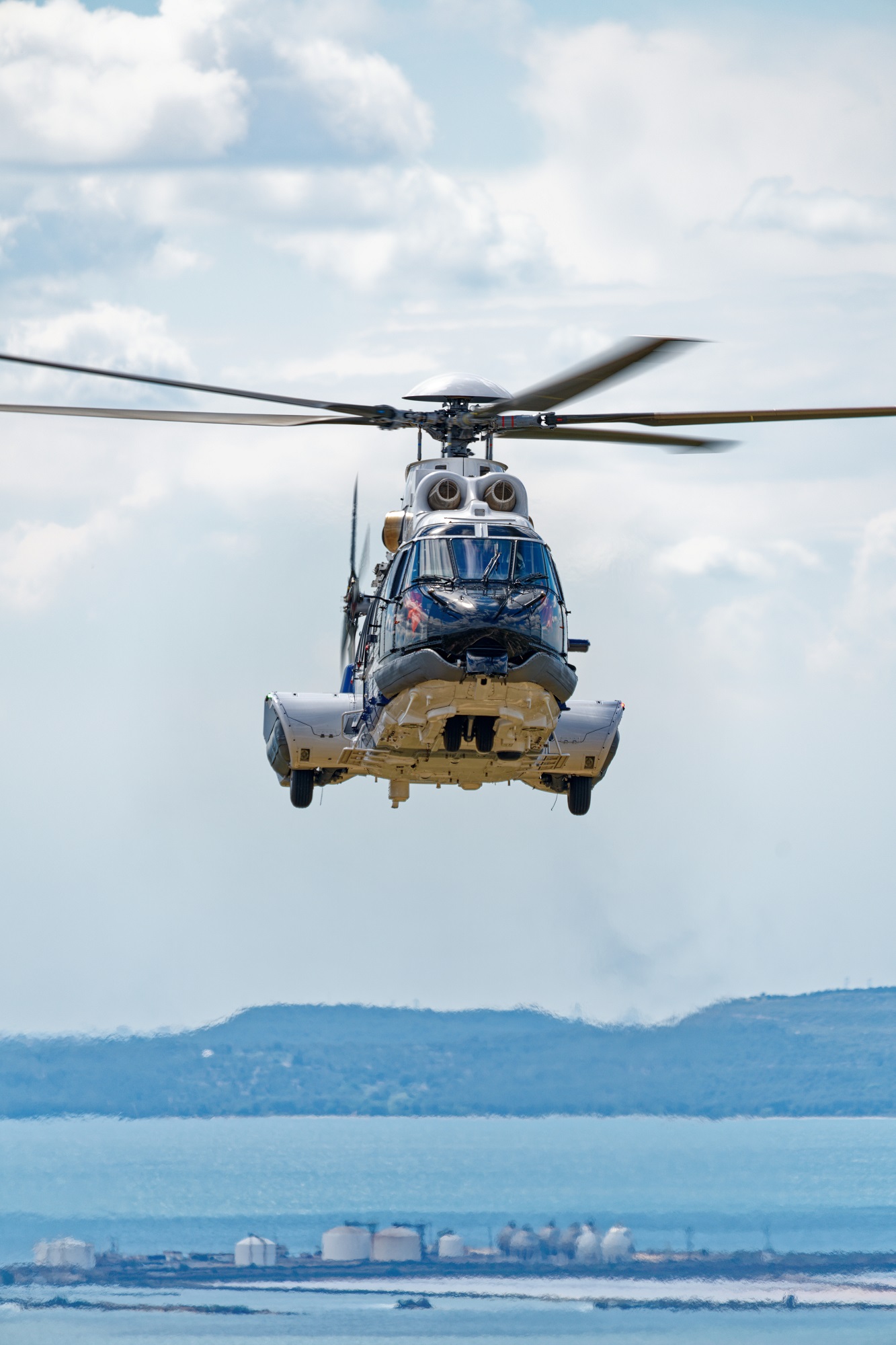
The CORSARIO solution
The CORSARIO project aims to provide a solution to these limitations. With respect to bandwidth, CORSARIO proposes to operate through bands with a wide spectrum and very high frequency, whose characteristics are optimal for the transmission of large volumes of data. In addition, this new SATCOM communications system with electronic aiming will rely on geostationary (GEO) constellations to achieve permanent communications coverage on the ground.
With a flat antenna technology design and electronic pointing (ESA), on the one hand, the aerodynamic impact of the antenna is reduced and on the other hand, possible interruptions or interferences with the rotor blades are avoided. With this type of antenna, the volume and weight of this technology is also reduced, so that the aircraft, being lighter, would need to consume less fuel and, therefore, helps to reduce costs and emissions into the atmosphere, so that the aeronautical industry becomes increasingly sustainable.
Team members
The CORSARIO project is led by Inster-Grupo Oesía, specialized in radio communications, in charge of the analysis and exhaustive research of the satellite antenna, according to the possible applications in rotary wing platforms, of the preliminary simulations, as well as of the design, manufacturing and validation tests of the new technology.
The rest of the consortium is composed of reference companies in the aeronautical sector such as Airbus Helicopters Spain, which is the integrator of the development solutions of the project; Tecnobit-Grupo Oesía, focused on the design, development and integration of the communications control components, its work is focused on the research and development of a new processor and centralized antenna control unit (ACU), as well as the integration of the modem with the rest of the systems and its subsequent validation in a real environment; and ANZEN Engineering, a leading engineering company specialized in Safety & Reliability, which will guarantee the reliability and safety of the equipment, as well as the implementation of MBSE (Model Based System Engineering) design technology, a pioneer in the automation of processes and the concentration of all engineering specialties in a single model.

